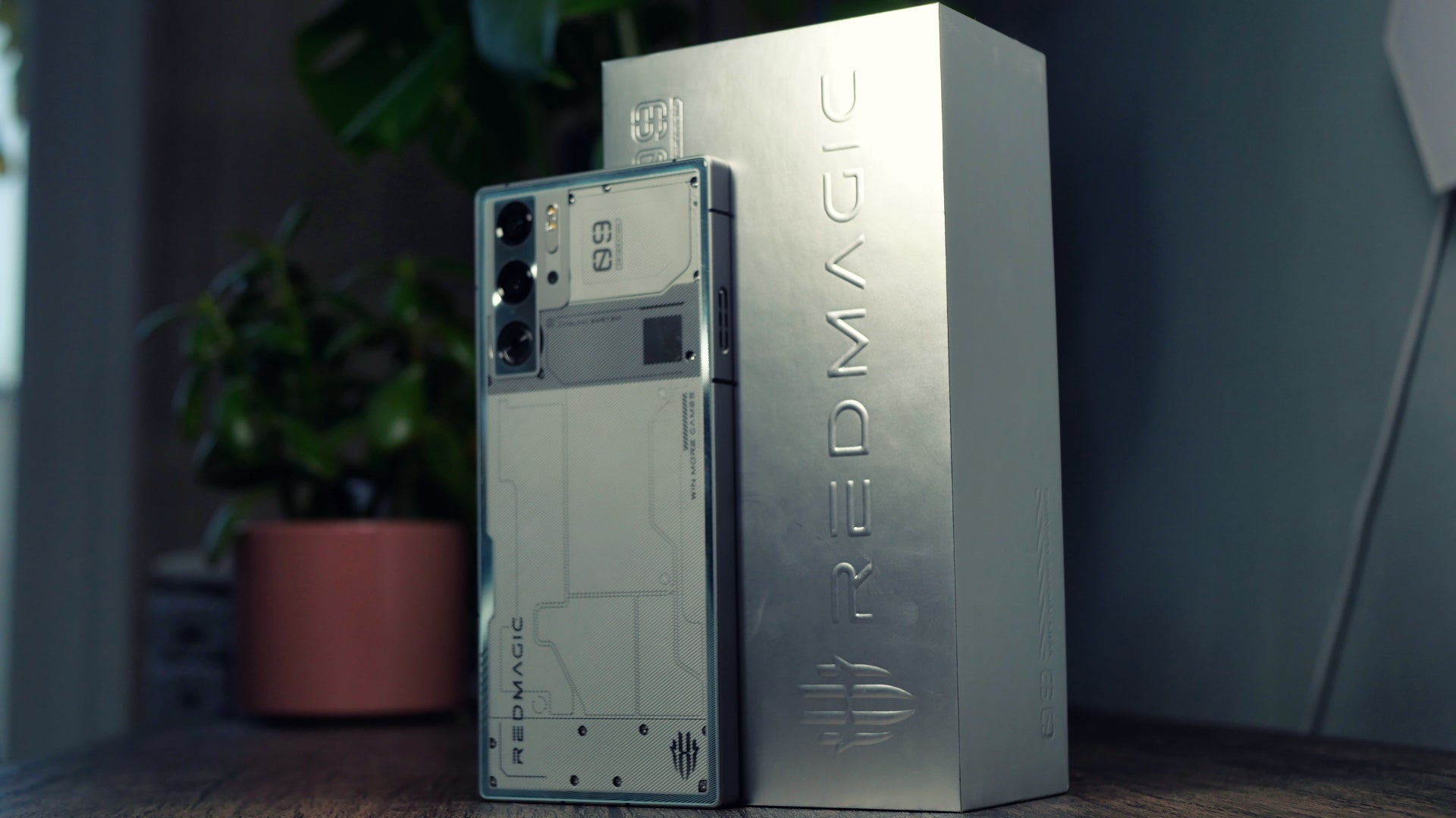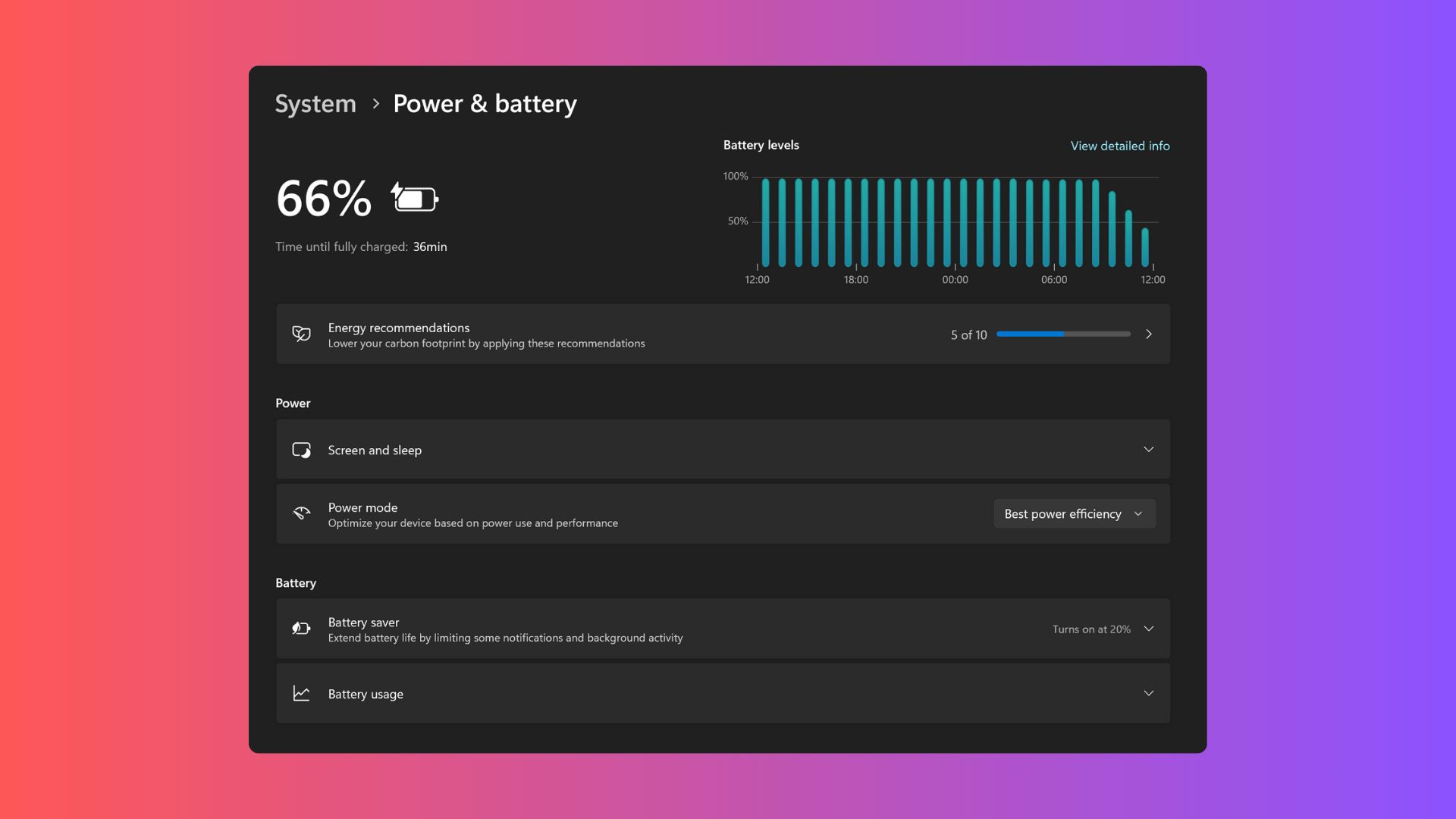What is Frames Per Second (fps)?

If you’re an avid gamer or photographer, you’ve likely heard of the term ‘frames per second’. But what exactly does this mean, and why is it so important?
We’ve created this guide to answer these very questions, so you can better understand the term. Keep reading on for the full breakdown.
What is Frames Per Second (fps)?
Frames per second (fps) refers to how many still images are being generated for a video per second in order to create the illusion of a moving picture. For example, a 60fps video will be made up of 60 frames each second.
The minimum standard for movies and TVs is widely agreed to be 24fps, which ensures the viewer can see realistic motion. There isn’t much need for the frame rate to be increased for watching such mediums, although there have been certain movies (such as The Hobbit) that have been shot in 48fps or above.
Frames per second is far more important for video games, as new frames are being created in real-time rather than being pre-recorded. For this use case, a higher frame per second will result in smoother on-screen motion. This is especially useful for any game that requires aiming, such as a first-person shooter, as it can help improve your accuracy.
30fps is widely agreed to be the minimum required for a smooth gaming performance, although many consoles and PCs will target 60fs for even more fluid performance. With a PC, it’s possible to drive the fps count way into the hundreds. However, creating so many frames per second can be extremely taxing on your PC. Those who want a high fps count in gaming will most likely need to invest in a powerful graphics card.
It’s also important to remember that even if a PC is generating a high number of frames per second, this will only be visible to the end user if their screen has a high enough refresh rate. For example, if someone was using a screen with a 60Hz refresh rate, they wouldn’t be able to see the additional frames being created past the 60fps mark.
What is fps on cameras?
When speaking about fps for cameras, we’ll be referring to how many frames per second that the camera can capture when shooting video.
If a camera shoots 30 frames per second, it means it will capture 30 images in one second. It is important to remember that these numbers refer to the images captured and displayed, not how quickly a device processes the images.
There really is no “perfect” fps for cameras. There are standard fps for each type of camera, and you need to make sure you are using the correct one for your video.
Anything less than 30 fps will result in a jumpy, jerky video that may not be ideal for social media or YouTube. If you are filming an action scene, you will want to use a high fps so that everything looks smooth and fluid.
Environment is another important factor. The environment you are filming in can also affect the fps you want to use. If you are filming outside in bright sunlight, you may want a lower fps so that the video isn’t overexposed and has a great cinematic look and feel to it. If you are filming inside a dark room, you may want a higher fps so that the room looks well-lit.
It’s important to note that fps is not the only thing that affects how good your video is. Even when shooting on the one of the best cameras, settings including Resolution, Shutter Speed are other key factors to consider alongside fps.







